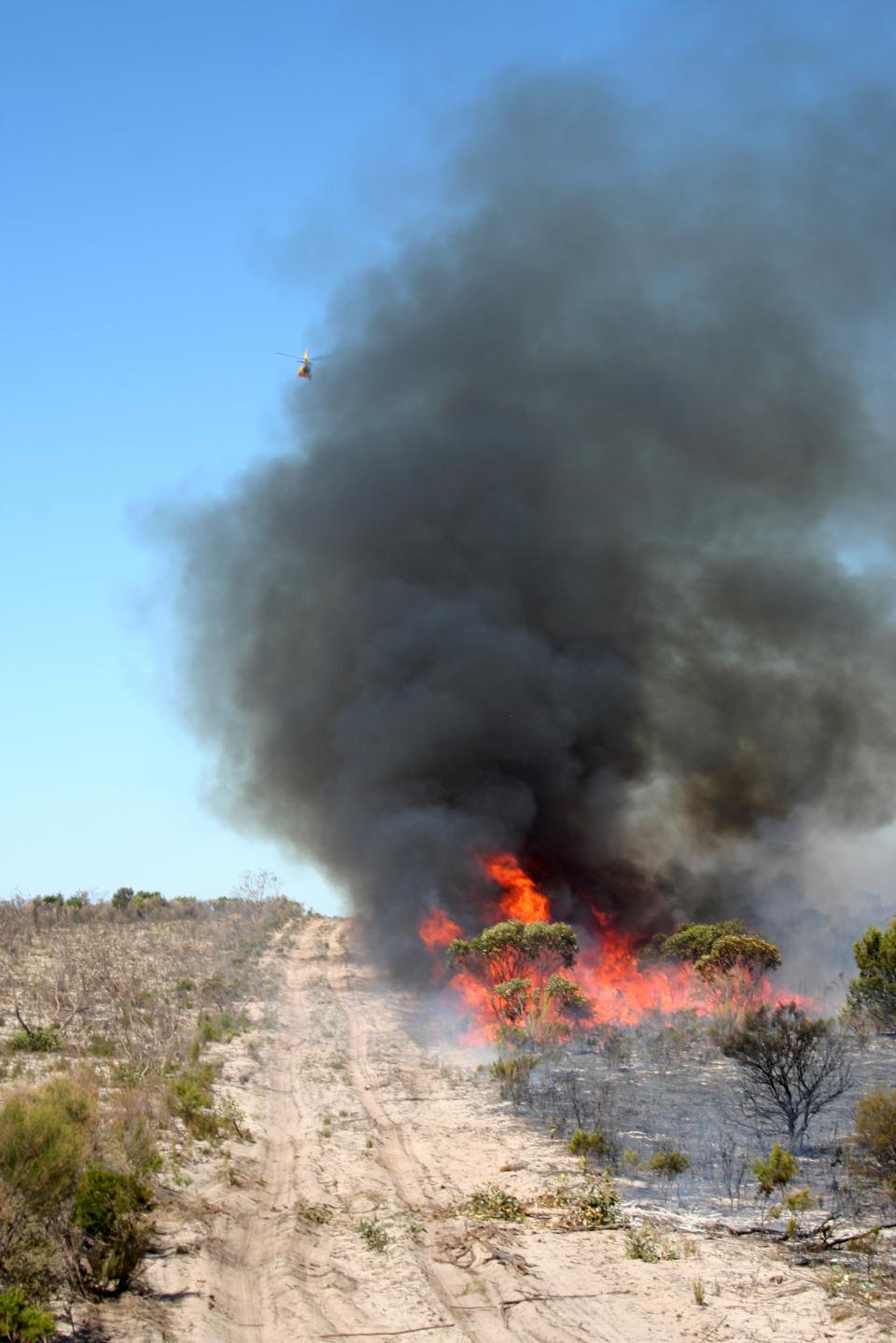
PUBLICATIONS
Published works

Estimating Fire Background Temperature at a Geostationary Scale—An Evaluation of Contextual Methods for AHI-8
| Title | Estimating Fire Background Temperature at a Geostationary Scale—An Evaluation of Contextual Methods for AHI-8 |
| Publication Type | Journal Article |
| Year of Publication | 2018 |
| Authors | Hally, B, Wallace, L, Reinke, K, Jones, S, Engel, C, Skidmore, A |
| Journal | Remote Sensing |
| Volume | 10 |
| Issue | 9 |
| Start Page | 1368 |
| Date Published | 08/2018 |
| Keywords | contextual methods, fire attribution, fire background temperature, geostationary sensors |
| Abstract | An integral part of any remotely sensed fire detection and attribution method is an estimation of the target pixel’s background temperature. This temperature cannot be measured directly independent of fire radiation, so indirect methods must be used to create an estimate of this background value. The most commonly used method of background temperature estimation is through derivation from the surrounding obscuration-free pixels available in the same image, in a contextual estimation process. This method of contextual estimation performs well in cloud-free conditions and in areas with homogeneous landscape characteristics, but increasingly complex sets of rules are required when contextual coverage is not optimal. The effects of alterations to the search radius and sample size on the accuracy of contextually derived brightness temperature are heretofore unexplored. This study makes use of imagery from the AHI-8 geostationary satellite to examine contextual estimators for deriving background temperature, at a range of contextual window sizes and percentages of valid contextual information. Results show that while contextual estimation provides accurate temperatures for pixels with no contextual obscuration, significant deterioration of results occurs when even a small portion of the target pixel’s surroundings are obscured. To maintain the temperature estimation accuracy, the use of no less than 65% of a target pixel’s total contextual coverage is recommended. The study also examines the use of expanding window sizes and their effect on temperature estimation. Results show that the accuracy of temperature estimation decreases significantly when expanding the examined window, with a 50% increase in temperature variability when using a larger window size than 5×5pixels, whilst generally providing limited gains in the total number of temperature estimates (between 0.4%–4.4% of all pixels examined). The work also presents a number of case study regions taken from the AHI-8 disk in more depth, and examines the causes of excess temperature variation over a range of topographic and land cover conditions. |
| URL | https://www.mdpi.com/2072-4292/10/9/1368 |
| DOI | 10.3390/rs10091368 |
| Refereed Designation | Refereed |
Published Works


